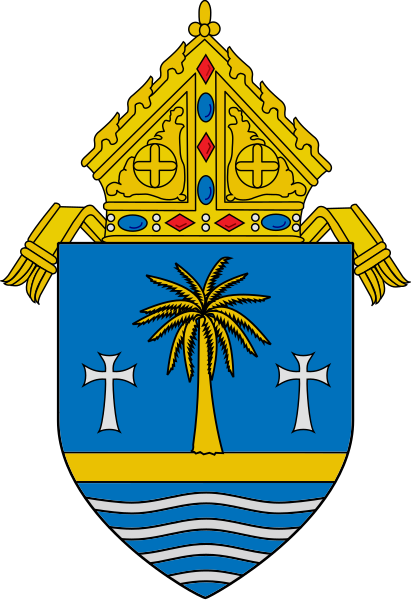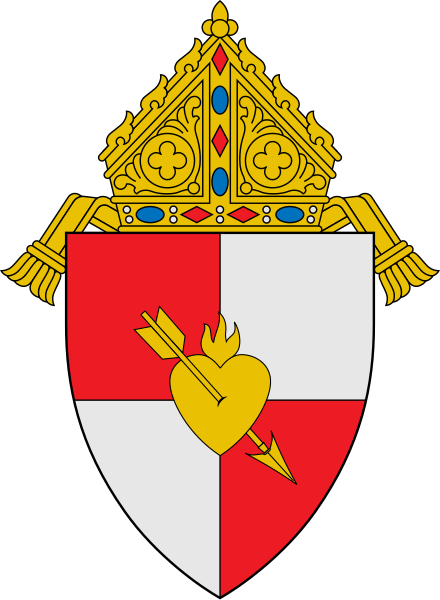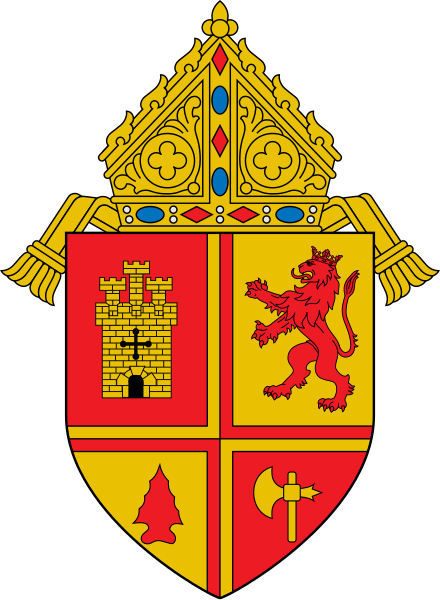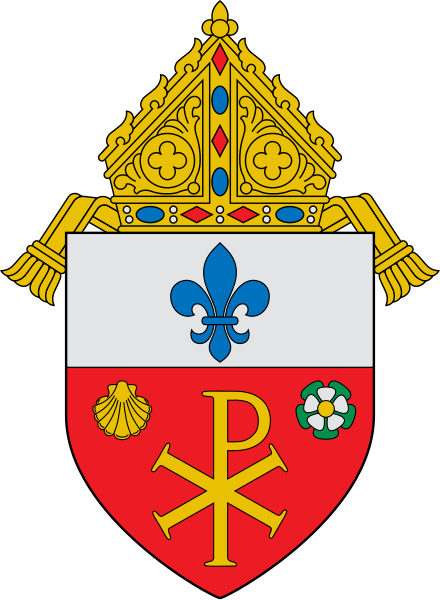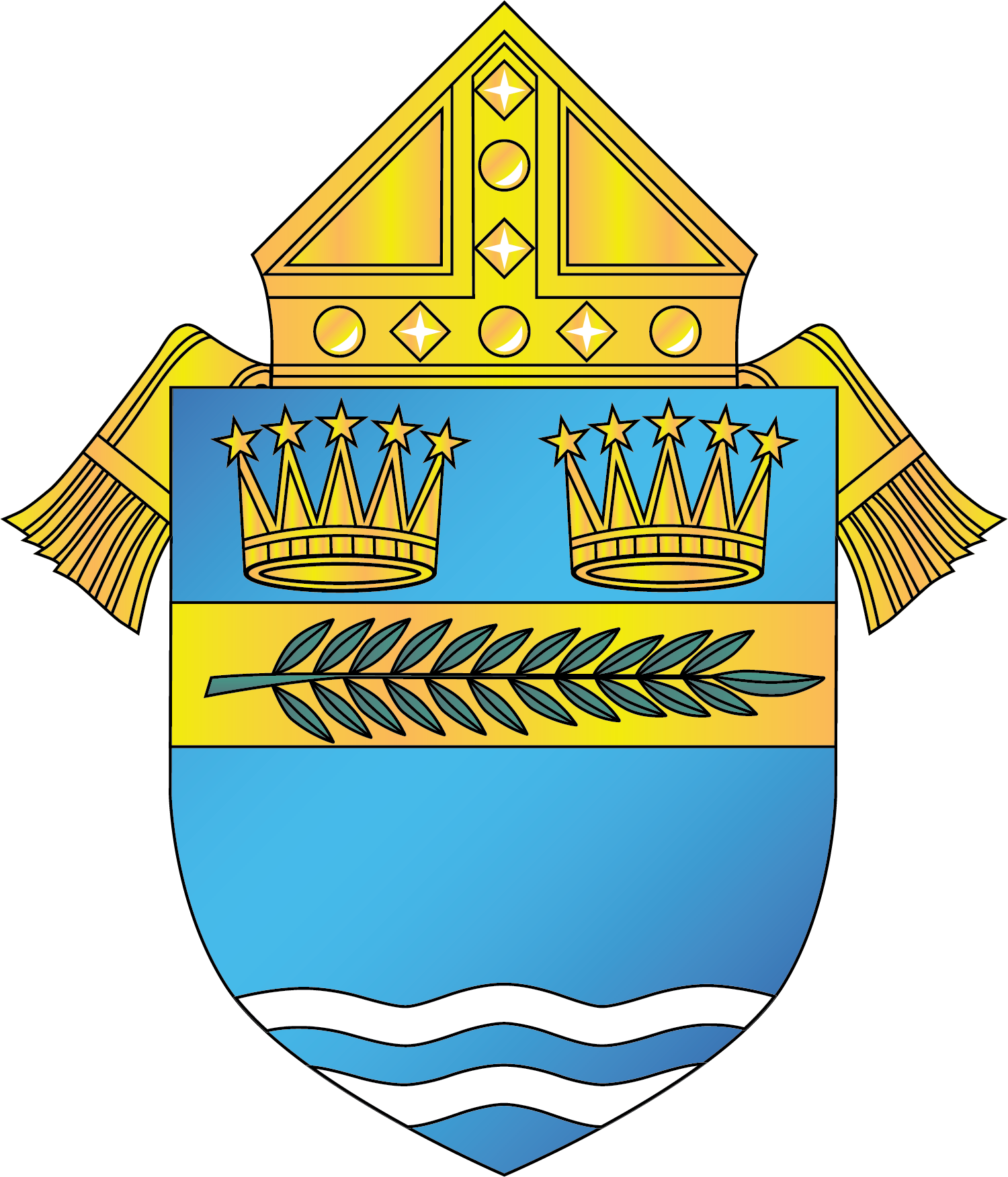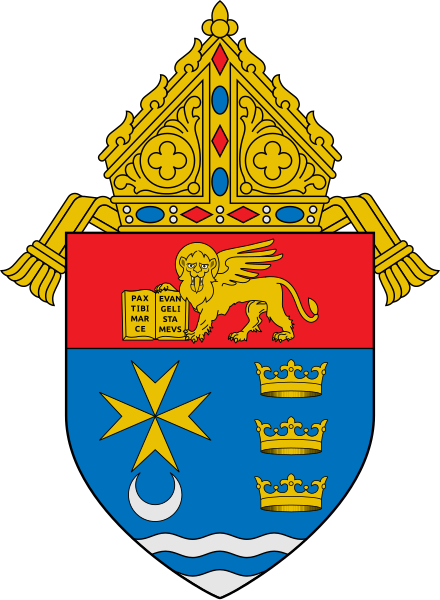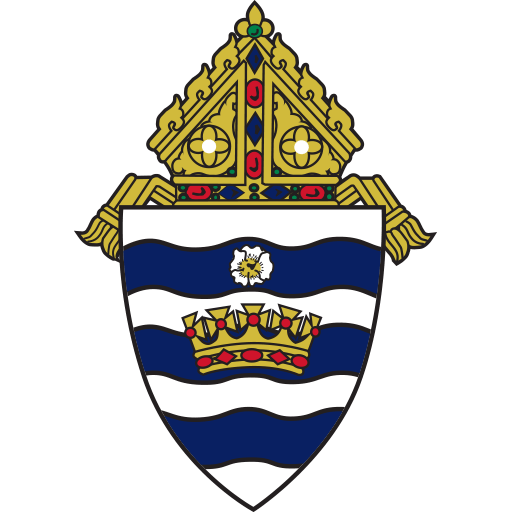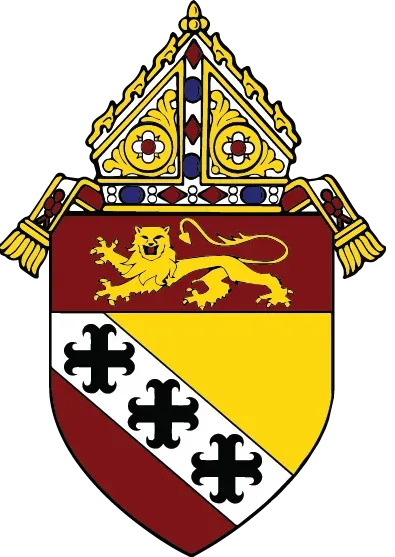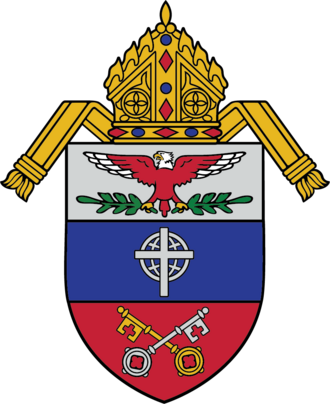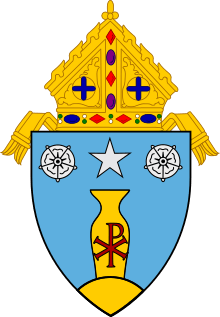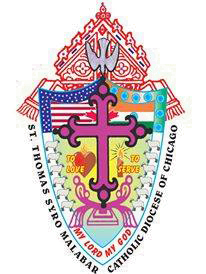Priestly Formation
The Gift of a Priestly Vocation,
the 2016 document of the Vatican’s Congregation for Clergy that specifies the general norms for all seminaries throughout the world, describes four stages of priestly formation: propaedeutic, discipleship, configuration, and pastoral synthesis. St. Vincent de Paul Regional Seminary offers formation and degree programs that cover the four stages of formation. (After 2026, the Vocational Synthesis Stage will take place at a diocesan level.):
The Propaedeutic Stage
lasts at least one year and offers introductory formation in all dimensions of priestly formation: human, spiritual, pastoral, and intellectual. This stage focuses on “the life of the Church as a community in which excellence of character is nurtured” and strengthening the human and spiritual foundations of each student (PPF6 #32). Activities on campus and experiences off campus offer opportunities to grow in their knowledge of the faith and of their home dioceses, while deepening their discernment of God’s call to priestly ministry.
The Discipleship Stage
lasts two years and comprises the seminary’s pre-theology program. During this time, seminarians usually earn the Master of Arts (Philosophical Studies for Missionary Discipleship) degree. Seminarians in this stage develop a deepening spirituality so that they may respond more fully to the budding vocation that led them to the seminary. They also learn to live as members of a community, begin sharing in the Church’s liturgical and outreach ministries, and study philosophy and introductory theology, along with classical and modern languages as appropriate.
The Configuration Stage
usually lasts at least four years and lasts from the beginning of the seminarian’s study of theology until he is ordained a transitional deacon. Seminarians entering this stage at SVDP will normally spend four and a half years in this, three and a half years on campus, with a pastoral year internship in their home dioceses between the second and third year. Seminarians in this stage are admitted to Candidacy either before beginning this stage or in its first weeks and gradually develop a specifically priestly spirituality, broaden and deepen their ministerial experience. They receive the ministries of Lector and Acolyte and complete the requirements for the Master of Divinity (MDiv) degree, which focuses heavily on the study of theology and pastoral skills. (Until Spring 2026, the MDiv requirements will not be completed until near the conclusion of the Vocational Synthesis Stage.)
The Vocational Synthesis Stage
begins with the seminarian’s ordination to the transitional diaconate and continues until his priestly ordination. Through 2026, transitional deacons will be in the seminary for their last months of formation before priestly ordination, after which time this stage will take place in parish settings in their home dioceses. Currently, the newly ordained deacon spends less time at the seminary as he is assigned to a parish, both during the summer and on weekends during the academic year. He continues to receive support from spiritual direction and formation advising on how to integrate his new identity as a cleric with the greater responsibilities entrusted to him. He also completes the requirements for the MDiv degree during this time.



